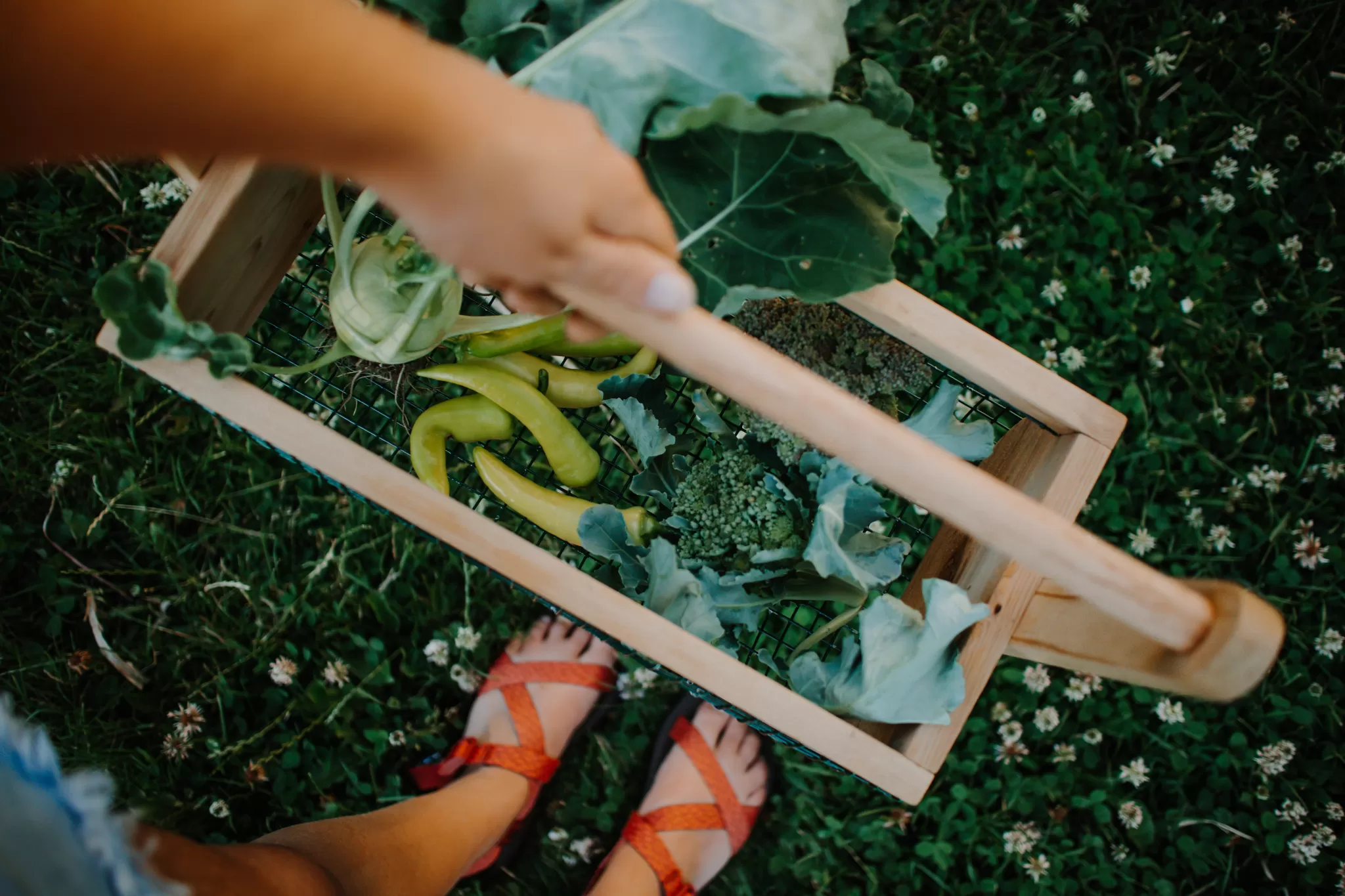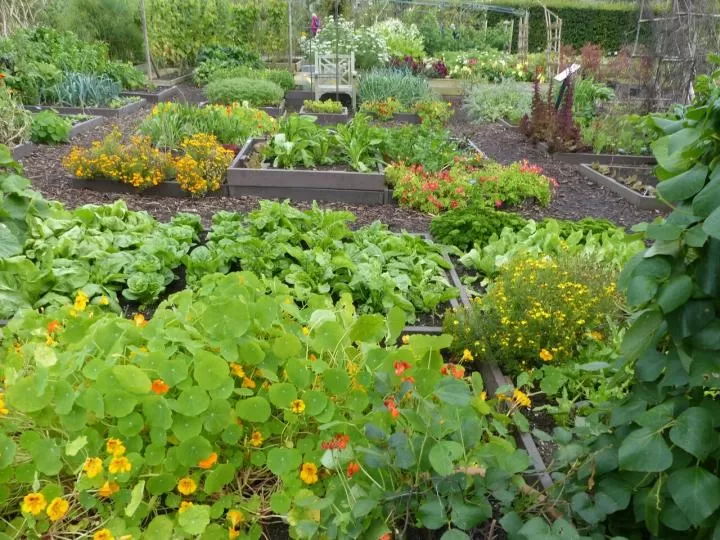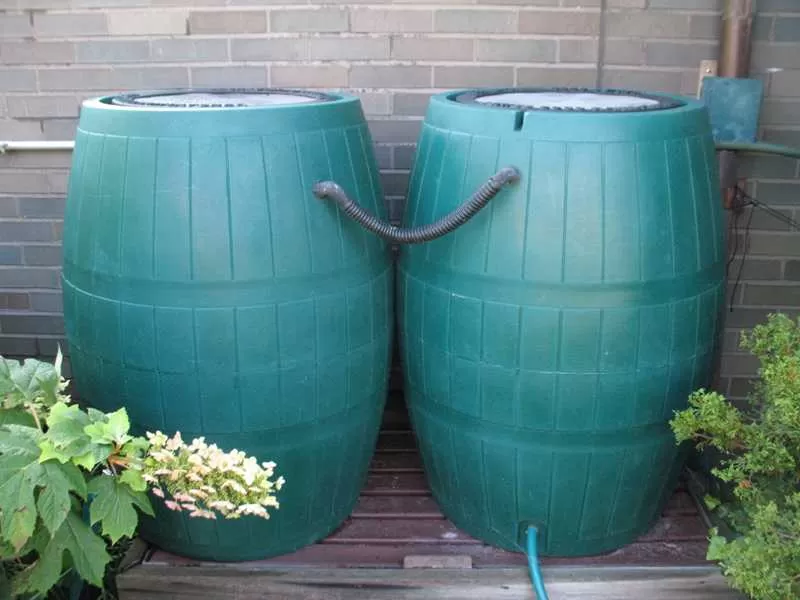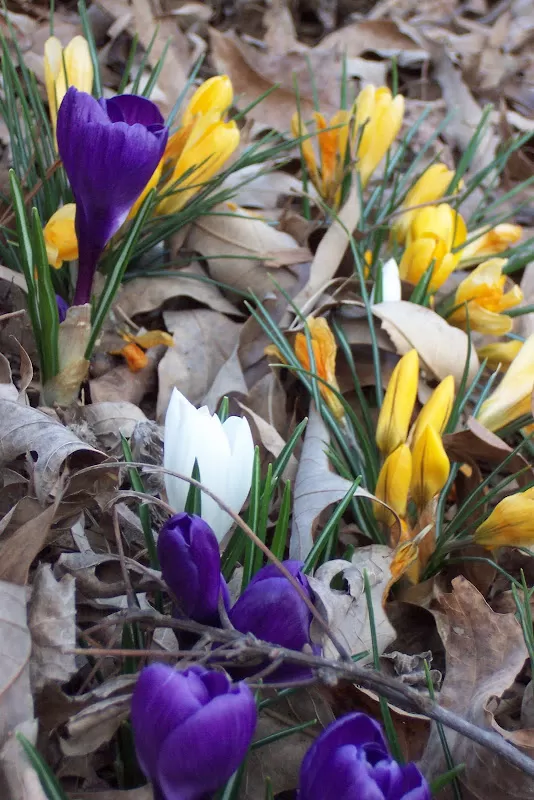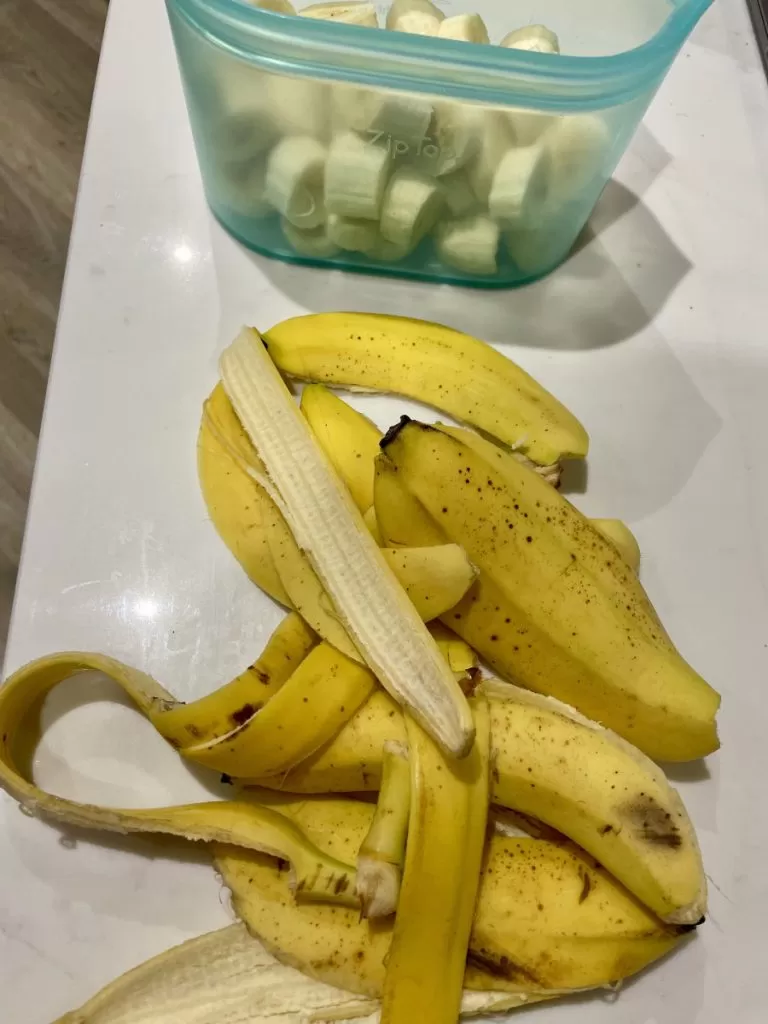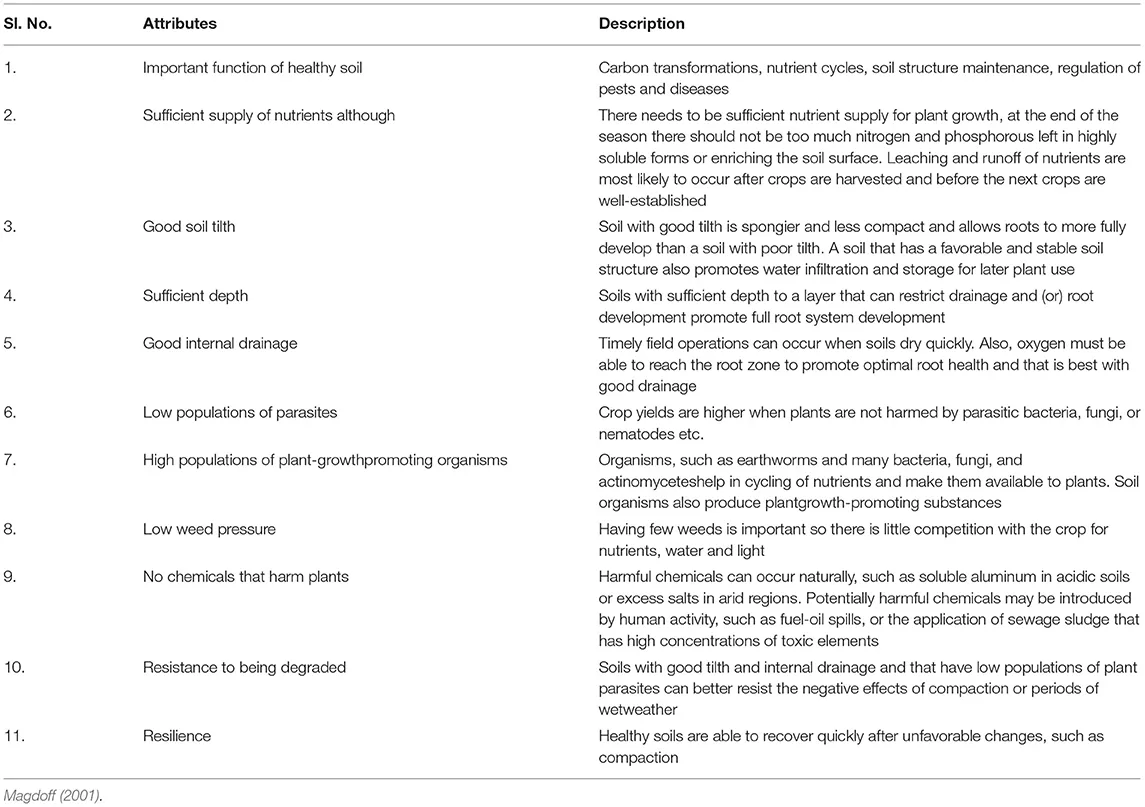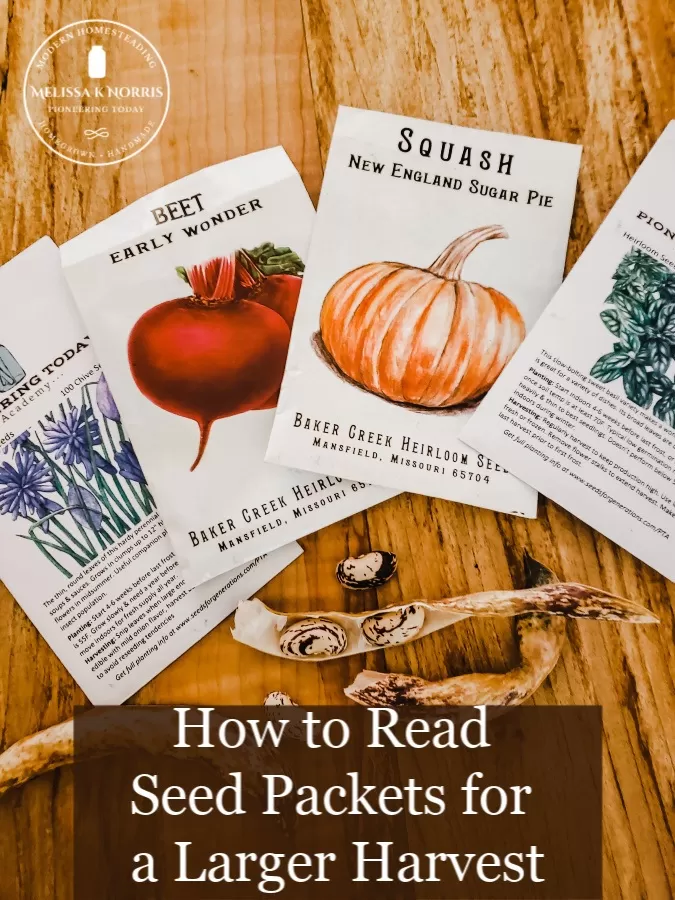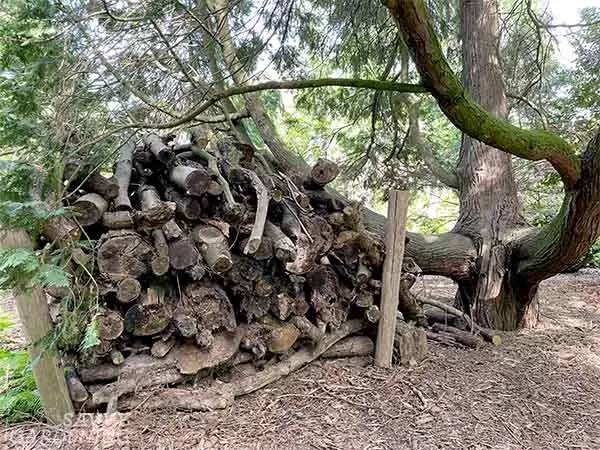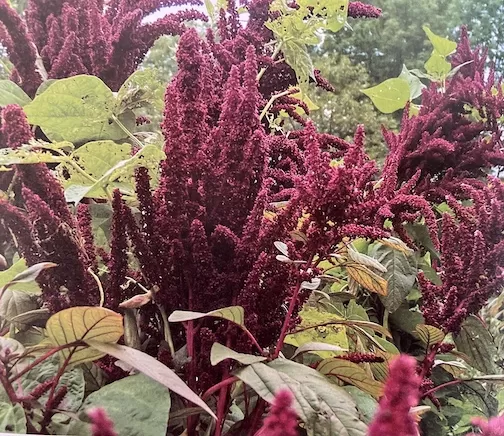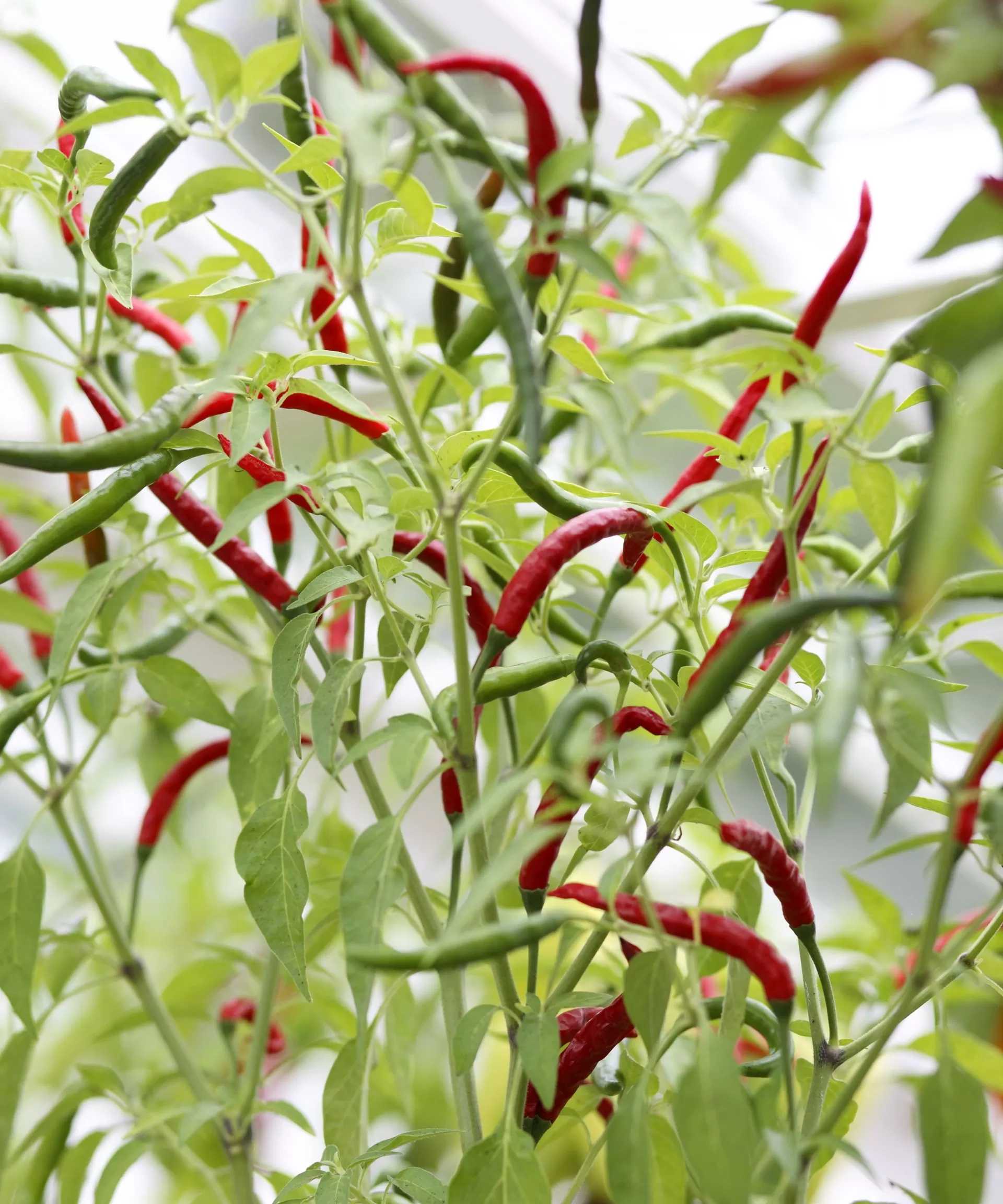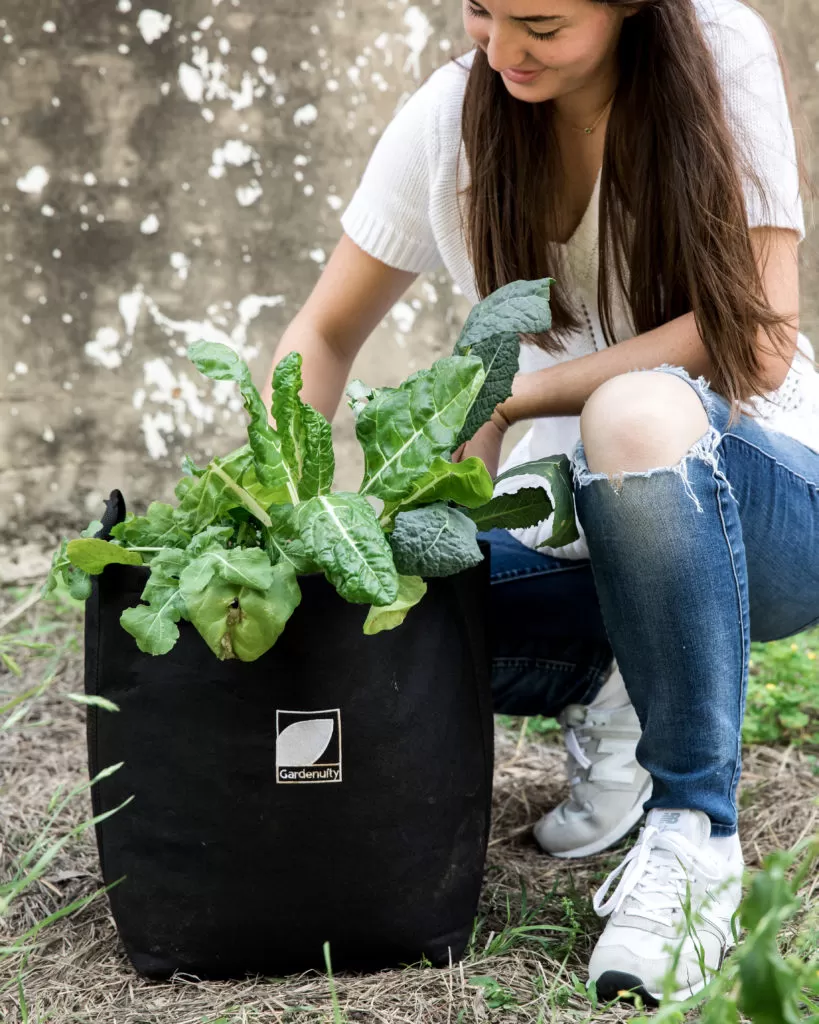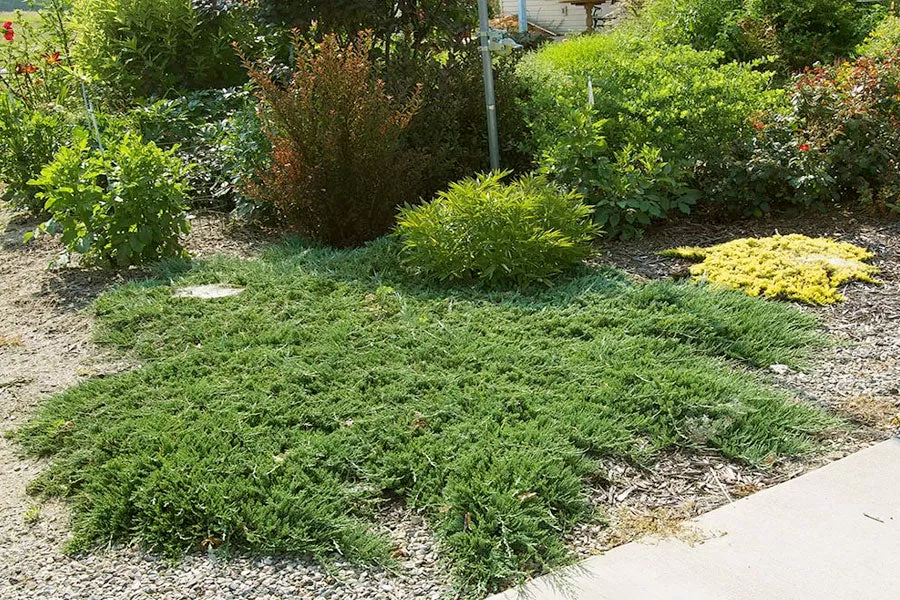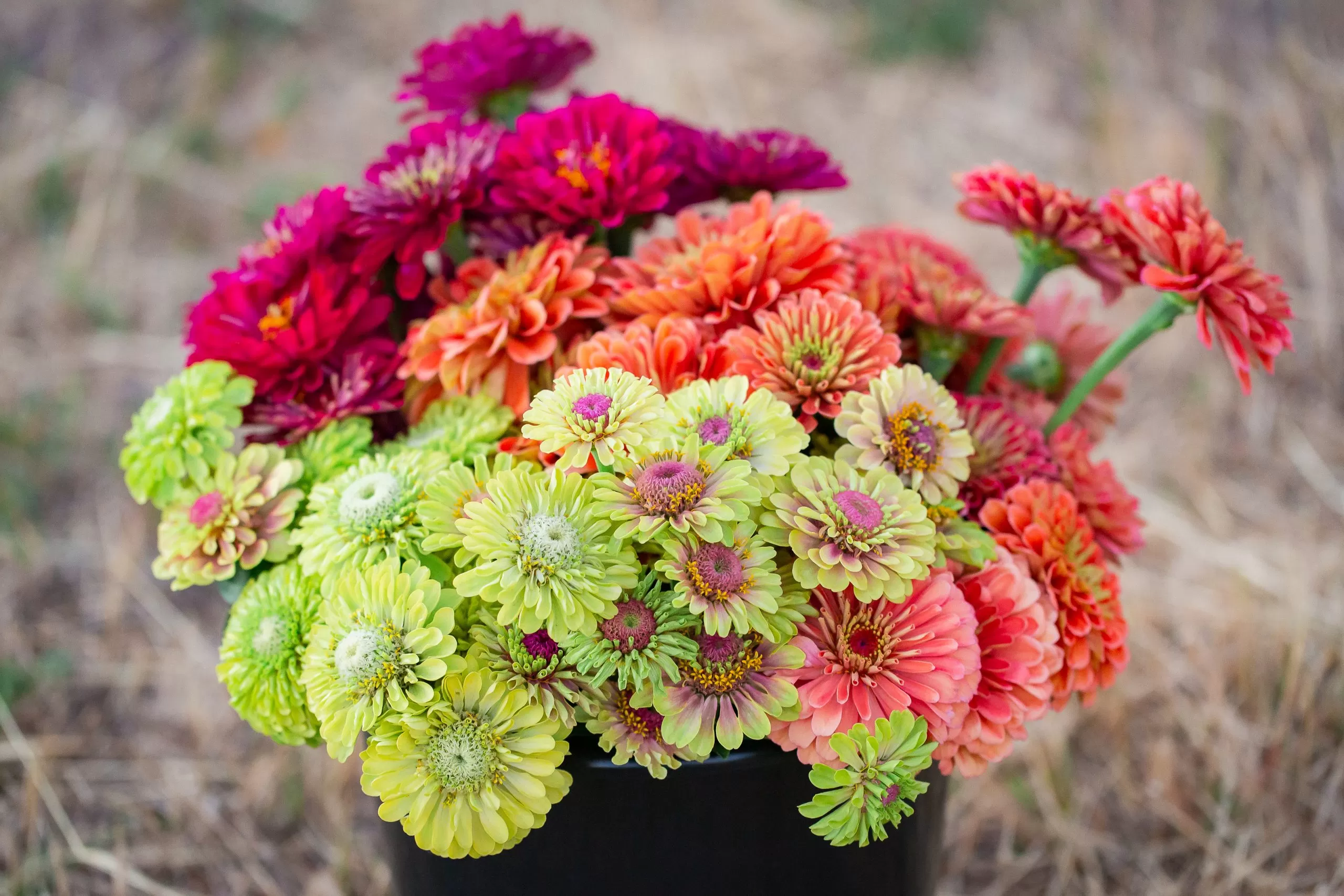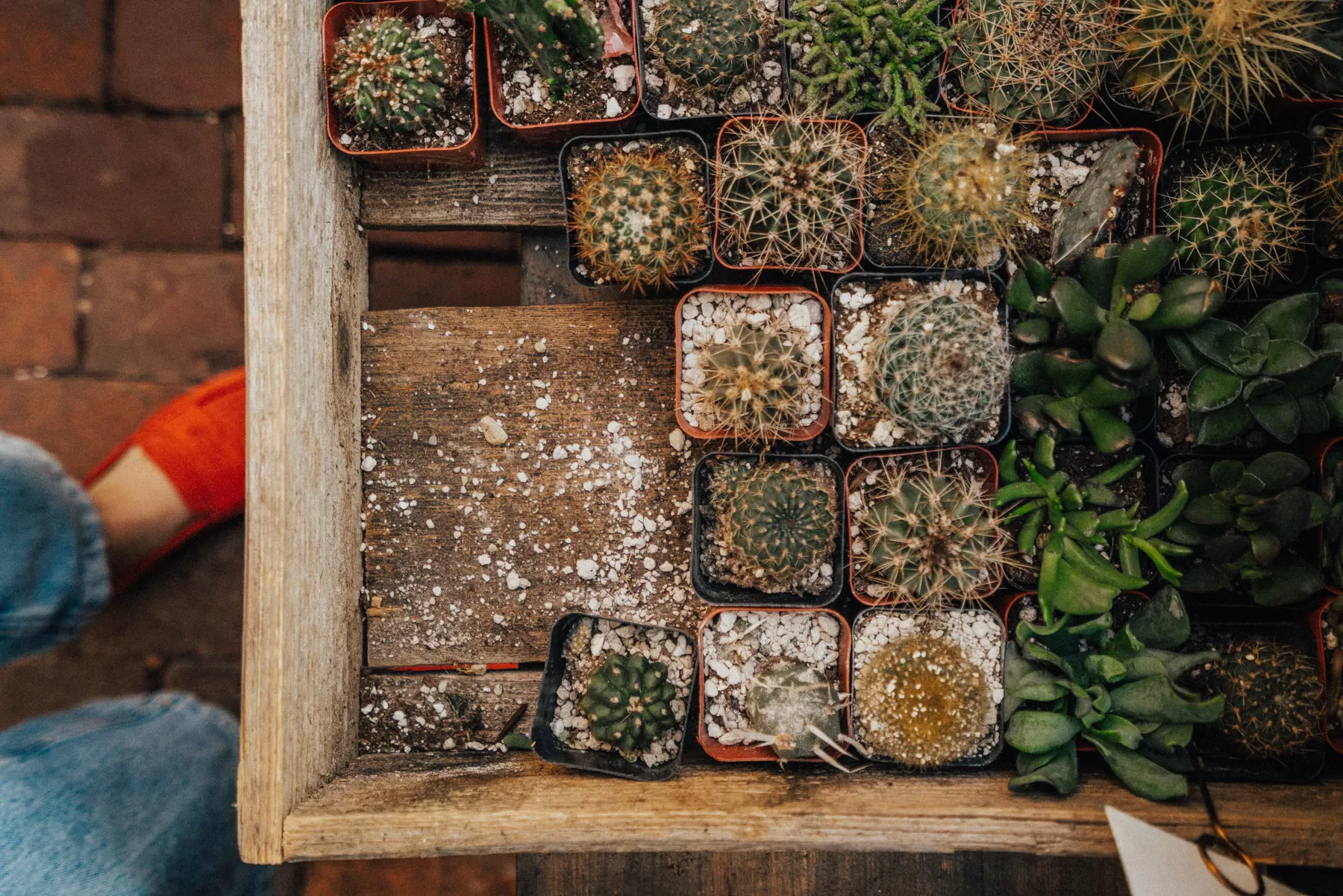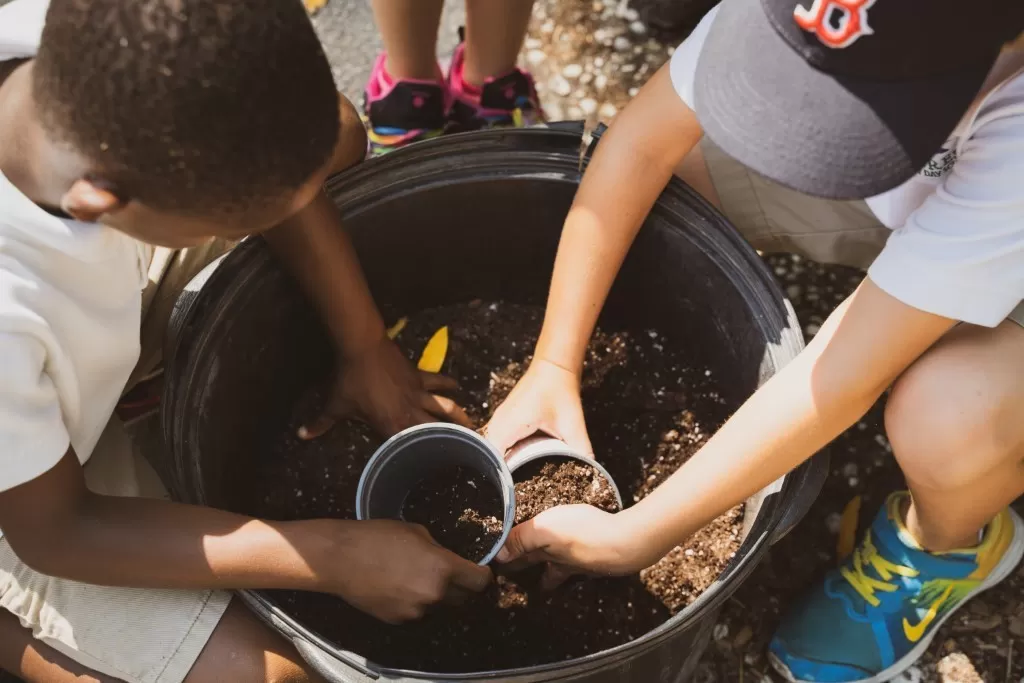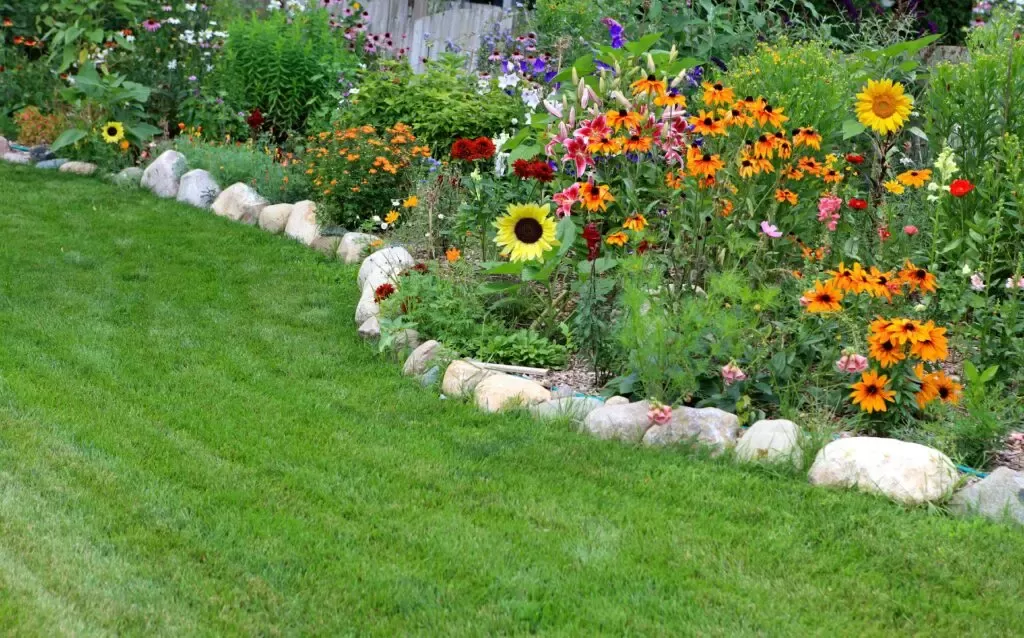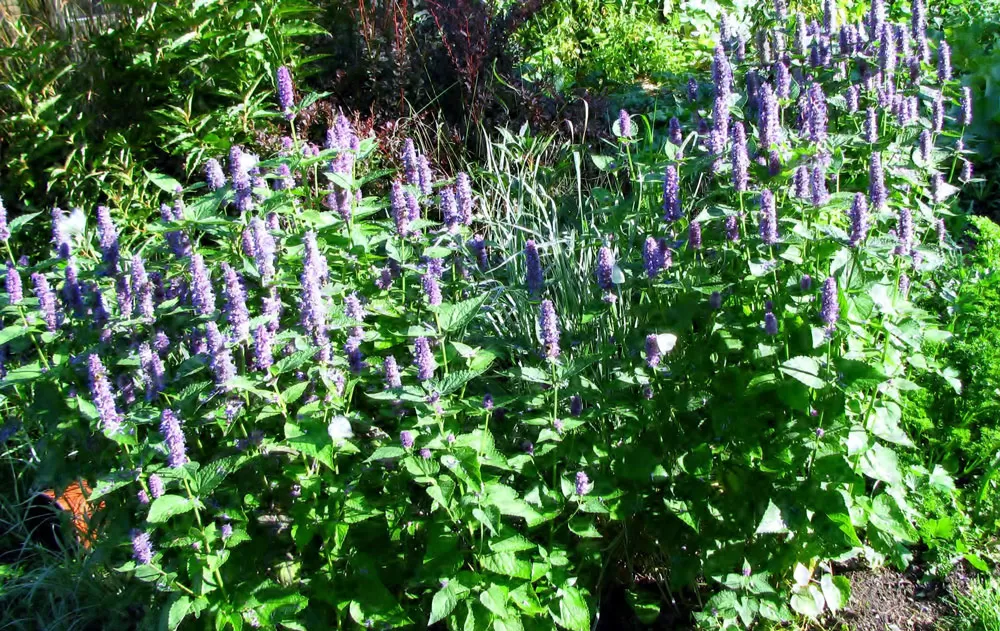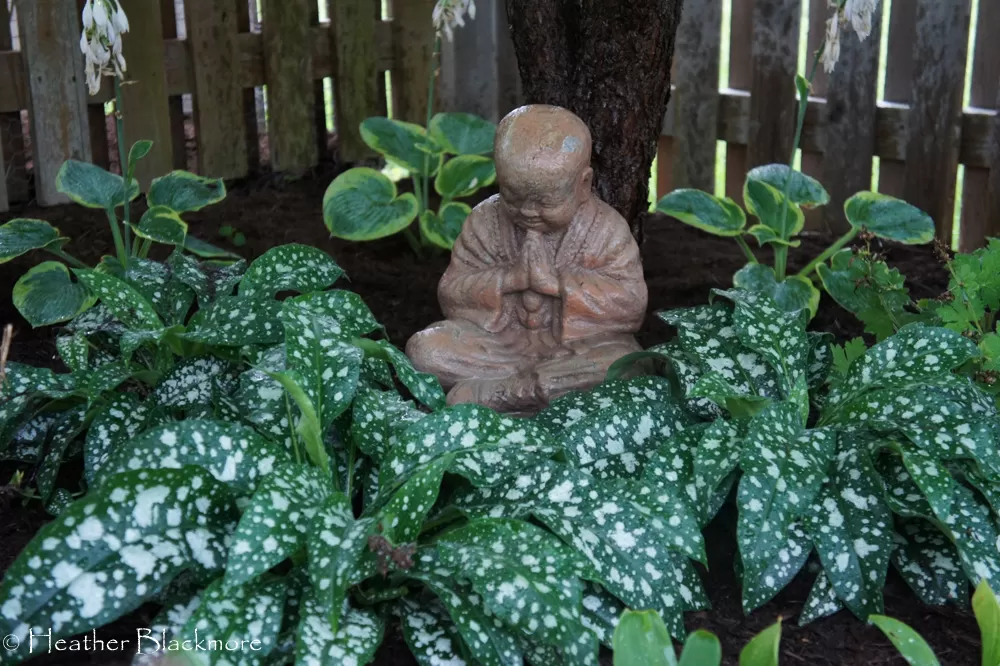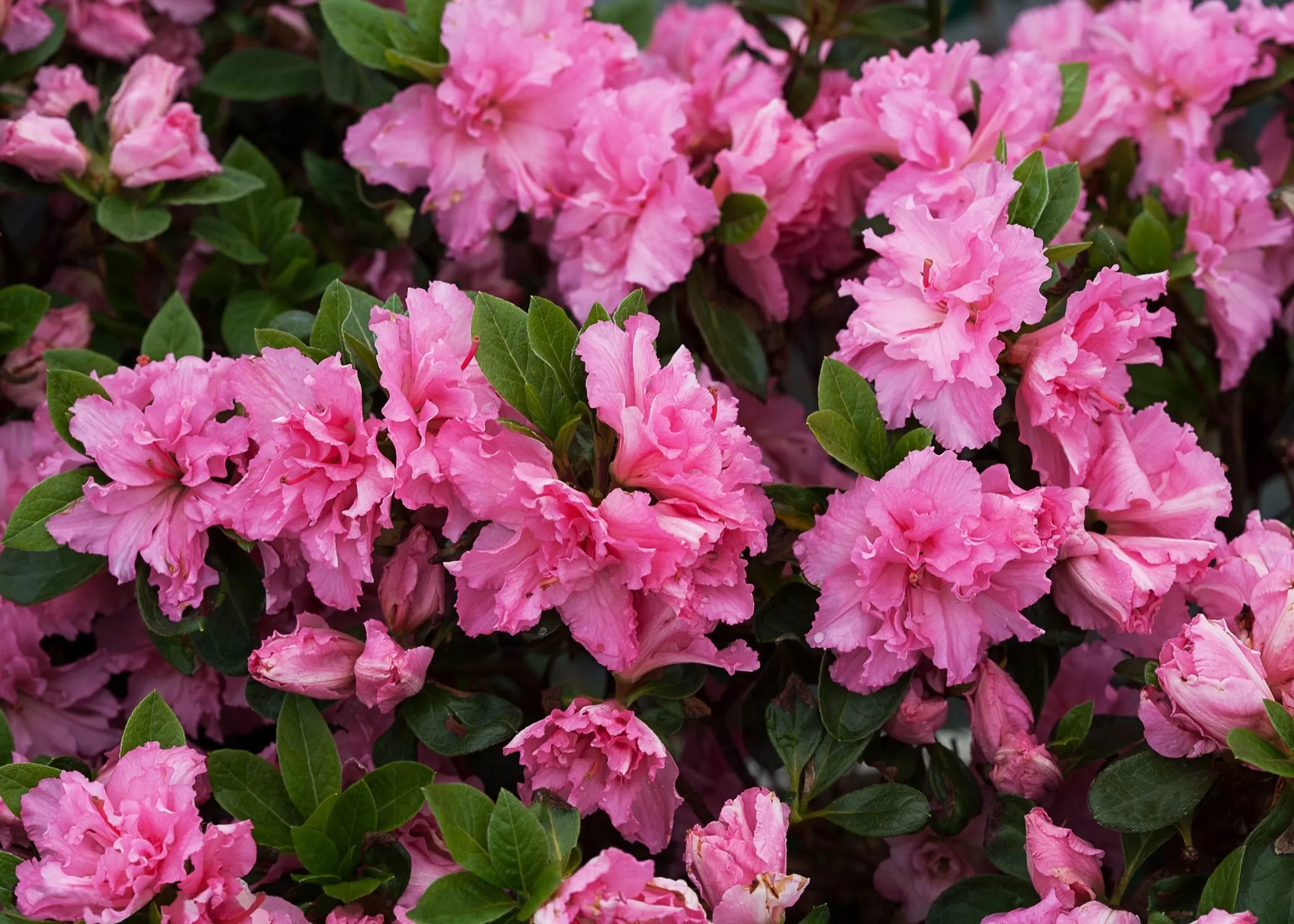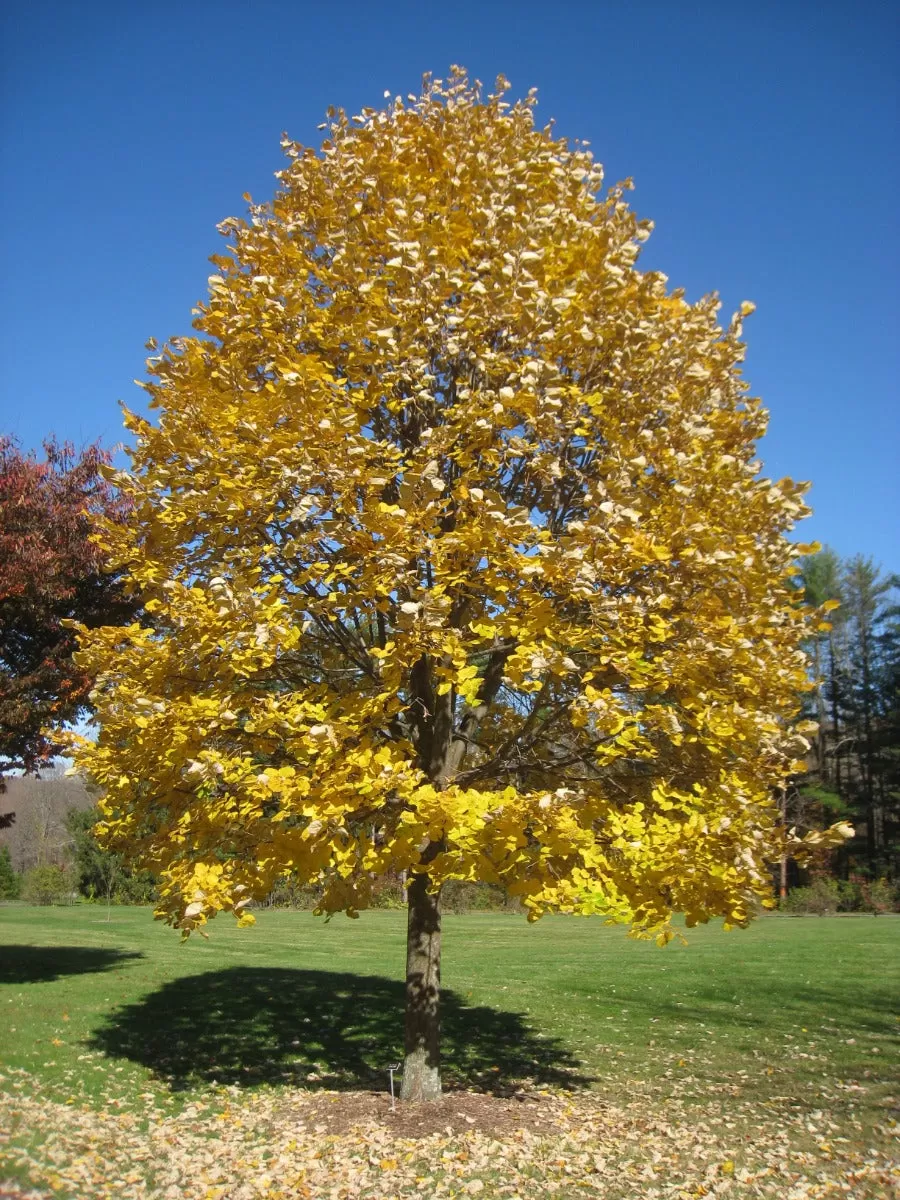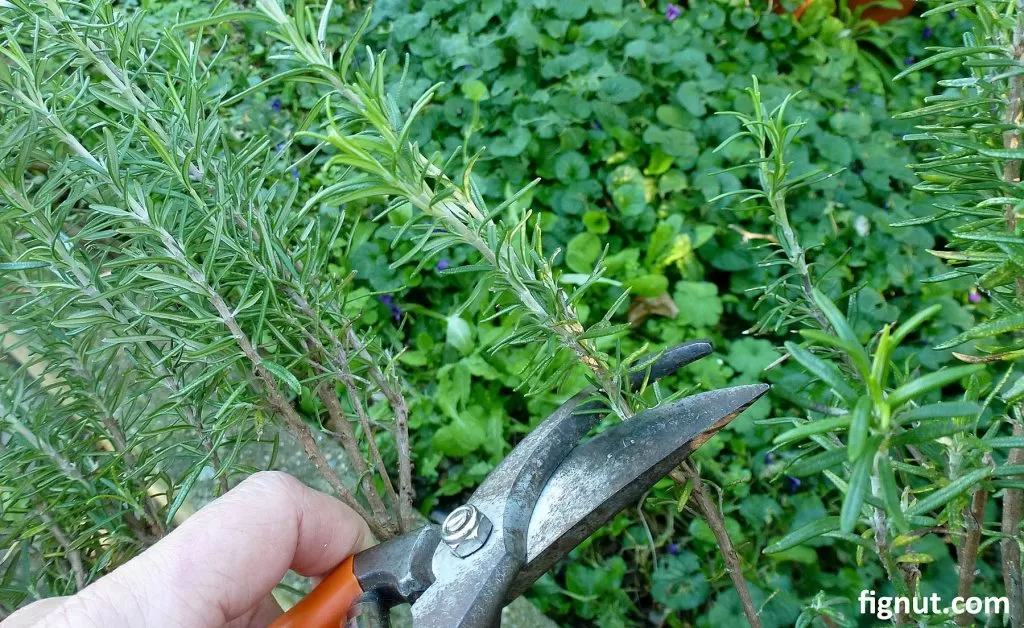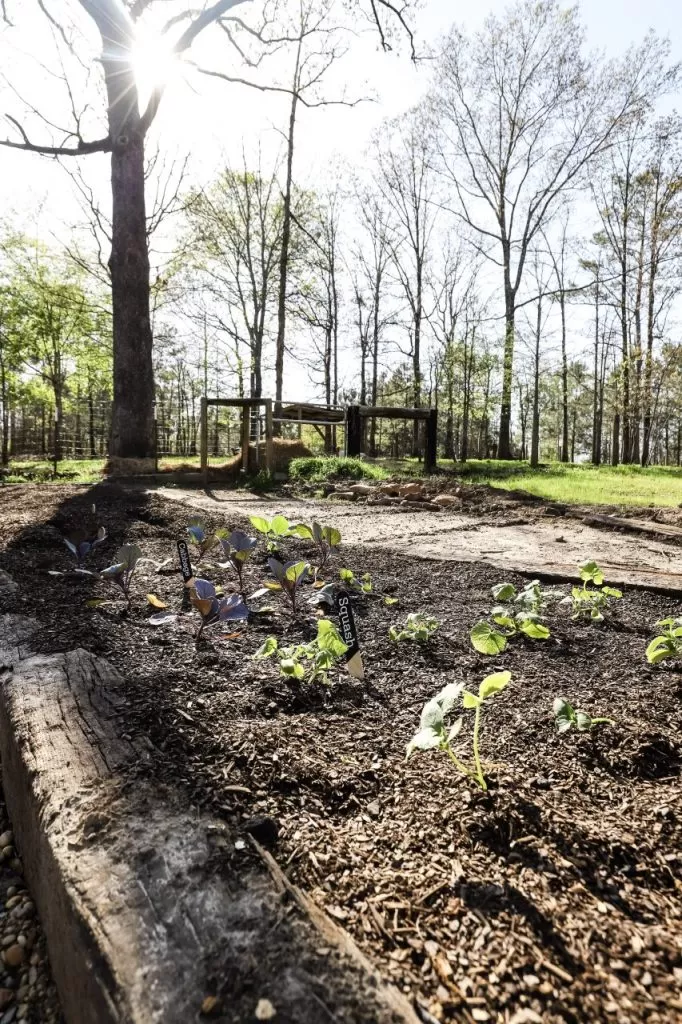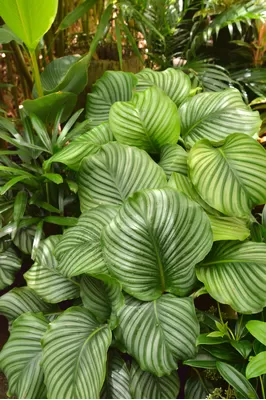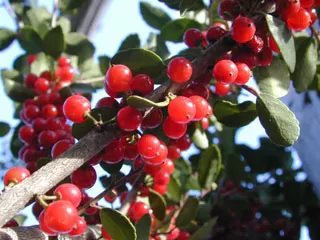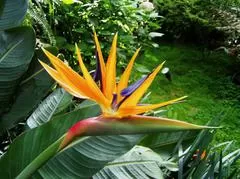- Save water and reduce utility bills.
- Enjoy beautiful blooms and foliage with minimal watering.
- Create resilient, low-maintenance landscapes that look great year-round.
- Gardening successfully in dry conditions builds confidence and passion.
In a world where conserving water is increasingly important, or simply when you’re looking for a garden that requires less hands-on care, discovering plants that thrive with minimal moisture is a game-changer. Drought tolerant plants are the heroes of water-wise gardening, offering stunning beauty and surprising resilience even when rain is scarce and the sun is relentless. Forget the constant worry of wilting leaves and thirsty soil; embracing these tough and adaptable species allows you to create a vibrant, flourishing garden that practically takes care of itself once established. Join us as we explore some incredible drought-tolerant options and unlock the secrets to a thriving, water-conscious landscape.
Contents
- Why Choose Drought Tolerant Plants?
- Getting Started with Water-Wise Gardening
- Meet Some Resilient Garden Heroes
- Yarrow
- Yarrow Details
- Portulaca
- Portulaca Details
- More Resilient Plants for Dry Spells
- A Longer List of Resilient Plants
- Care Tips for Drought Tolerant Gardens
- Watering Smartly
- Mulching is Your Friend
- Soil Matters
- Deadheading and Pruning
- Conclusion
Why Choose Drought Tolerant Plants?
Opting for plants that can handle dry conditions offers a wealth of benefits beyond just saving water. These resilient species are often native or well-adapted to challenging environments, making them naturally robust and less susceptible to common pests and diseases. They are perfect for those sunny, dry spots in your garden where other plants struggle. By choosing drought tolerant plants, you’re not only simplifying your gardening routine and reducing your water bill, but you’re also contributing to a more sustainable ecosystem, attracting pollinators, and creating a beautiful, low-maintenance space you can truly enjoy.
Getting Started with Water-Wise Gardening
Success with drought-tolerant plants begins with smart planning. Site selection is crucial – most of these plants prefer full sun and well-drained soil. Heavy clay soil might need amending with compost and grit to improve drainage, while sandy soil benefits from organic matter to help retain some moisture without staying waterlogged. Mulching is your best friend; a layer of organic mulch around your plants helps conserve soil moisture, regulate temperature, and suppress weeds, further reducing the need for watering.
Meet Some Resilient Garden Heroes
While many plants can tolerate dry spells once mature, some are exceptionally well-suited to arid or low-water conditions. Here are a few standouts that can bring beauty and life to your garden without demanding constant hydration.
Yarrow
Yarrow, a classic cottage garden favorite, is a true champion of dry conditions. Its fine, feathery foliage is attractive on its own, but the real showstopper is its profusion of flattened flower heads, which come in shades of white, yellow, pink, and red. These long-lasting blooms appear from late spring through summer, providing nectar for beneficial insects and making excellent cut or dried flowers. Yarrow is incredibly easy to care for and thrives in hot, sunny locations with poor to average soil – making it a perfect fit for those challenging spots in your garden. It’s not just tough; it adds beautiful texture and color.
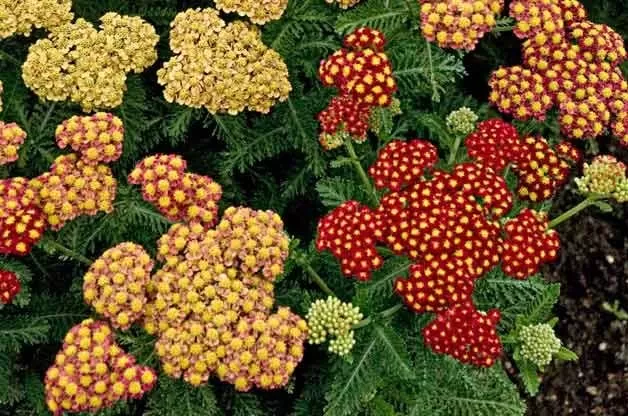 Cluster of yellow Achillea flowers, a beautiful drought tolerant Yarrow plant
Cluster of yellow Achillea flowers, a beautiful drought tolerant Yarrow plant
Yarrow Details
- Scientific Name: Achillea spp.
- Common Name: Yarrow
- Zone: 3-9
- Light: Full Sun
- Humidity: Low to Moderate
- Water: Low once established
Portulaca
If you’re looking for vibrant, cheerful color that laughs in the face of heat and dryness, look no further than Portulaca. Also known as Moss Rose, this annual succulent groundcover features bright, cup-shaped flowers that bloom profusely throughout the summer on low-growing, trailing stems. Its fleshy leaves store water, allowing it to thrive in hot, sunny, and exceptionally dry conditions where many other annuals would simply wither. Portulaca is fantastic for containers, hanging baskets, rock gardens, or as a colorful edge along paths and beds. It’s a burst of easy-care joy perfect for new and experienced gardeners alike.
 Vibrant pink and orange Portulaca flowers, known as Moss Rose, blooming in a sunny, dry garden bed
Vibrant pink and orange Portulaca flowers, known as Moss Rose, blooming in a sunny, dry garden bed
Portulaca Details
- Scientific Name: Portulaca spp.
- Common Name: Moss Rose, Portulaca
- Zone: Annual (often grown as an annual in most climates, though perennial in warmer zones)
- Light: Full Sun
- Humidity: Low to Moderate
- Water: Low once established
More Resilient Plants for Dry Spells
The world of drought tolerant plants is vast and varied! Beyond Yarrow and Portulaca, countless other species offer incredible beauty and resilience. Succulents like Sedum (Stonecrop) and Hens-and-Chicks are famous for their water-storing capabilities and unique forms. Many ornamental grasses add texture and movement to the landscape while requiring minimal water. Herbs like Rosemary and culinary sage are not only useful in the kitchen but also excel in dry, sunny spots. Even some flowering perennials and shrubs are surprisingly tough. When selecting plants, consider your specific climate zone, soil type, and the amount of sun the location receives.
A Longer List of Resilient Plants
Here is an extended list of plants known for their ability to tolerate periods of drought. Remember to research specific varieties and check for potential invasiveness in your local area before planting.
- Amsonia
- Autumn sage (Salvia greggii)
- Balloon flower
- Bearded irises
- Blue flax (Linum perenne)
- Blue spirea (Caryopteris x clandonensis)
- Broom (Cystisus and Genista)
- Butterflyweed (Asclepias tuberosa)
- Candytuft (Iberis sempervirens)
- Creeping phlox
- Creeping thyme; wooly thyme
- Culinary sage (Salvia officinalis)
- Dianthus (including Cheddar Pink and others)
- Gaillardia (Blanket Flower)
- Gaura
- Gayfeather or blazing star (Liatris)
- Globe thistle (Echinops)
- Harebell (Campanula rotundifolia)
- Hens-and-chicks
- Ice plant (Delosperma)
- Lambs’ ears
- Oregano (including ornamental-flowered varieties)
- Ornamental grasses (non-invasive varieties)
- Pine-leaf penstemon (Penstemon pinifolius)
- Purpletop verbena (Verbena bonariensis)
- Red yucca (Hesperaloe parviflora)
- Red-hot poker (Kniphofia)
- Rock rose (Cistus)
- Rosemary
- Sea holly (Eryngium)
- Sedum (Stonecrop)
- Sun rose (Helianthemum)
- Thread-leaf coreopsis (Coreopsis verticillata)
- Globe Mallow (Sphaeralcea ambigua)
Care Tips for Drought Tolerant Gardens
While these plants are tough, they still benefit from proper care, especially during establishment.
Watering Smartly
Newly planted drought-tolerant plants need regular watering to get their root systems established, typically for their first season. After that, significantly reduce watering frequency. The goal is deep, infrequent watering that encourages roots to grow downwards in search of moisture, making the plant more resilient. Allow the soil to dry out completely between waterings.
Mulching is Your Friend
A 2-4 inch layer of organic mulch (like shredded bark, compost, or gravel for succulents) around your plants is essential. It insulates the soil, reduces evaporation, suppresses weeds (which compete for water), and improves soil health over time.
Soil Matters
Ensure good drainage. For plants that truly hate wet feet, consider amending heavy clay or planting in raised beds. For sandy soil, incorporating compost can improve its ability to hold just enough moisture while still draining well.
Deadheading and Pruning
Removing spent flowers (deadheading) can sometimes encourage more blooms and keeps the plants looking tidy. Pruning requirements vary by species but are generally minimal for most drought-tolerant perennials and shrubs.
Conclusion
Embracing drought tolerant plants is a powerful step towards a more sustainable, low-maintenance, and incredibly beautiful garden. These resilient species prove that you don’t need endless amounts of water to achieve stunning landscapes filled with color, texture, and life. By choosing the right plants and implementing simple water-wise practices like smart watering and mulching, you can create a garden that not only survives but thrives even in dry conditions. Step confidently into the world of water-wise gardening and discover the joy and ease it brings!
What are your favorite drought-tolerant plants? Share your experiences and recommendations in the comments below! If you found this article helpful, please share it with your gardening friends and explore more tips and inspiration right here on Thelittle.garden.


